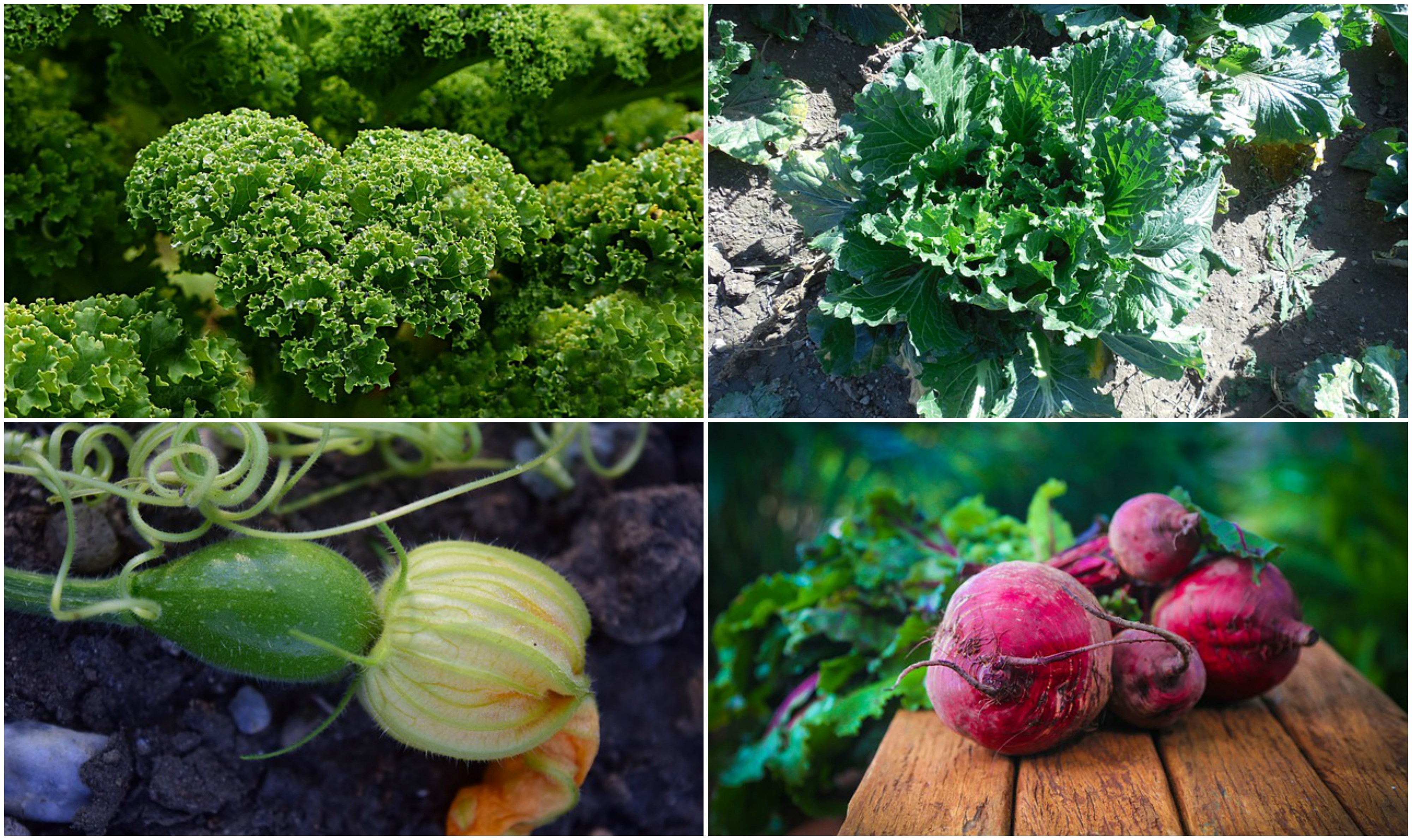15 Of The Fastest Growing Veggies You Can Harvest In No Time

1. Sunflower Shoots – 12 Days
The product of extremely immature sunflowers, sunflower shoots might be small yet provide great nourishment! Gather by cutting the stems once they have two leaves, yet before they demonstrate their “actual leaves” since sunflower shoots turn out to be bitter as they age.
2. Garden Cress – 14 Days
It is ready for harvest in just two weeks, garden cress can be planted in early spring – when the soil can be worked. Likewise a garden space-saver, a little (1 or 2 feet square) will provide you with a plenitude of this tangy herb.
3. Radishes – 21 Days
Spring radishes develop best in 50⁰F to 65⁰F climate. Once sown, you’ll see verdant green shoots over the soil in only three or four days. Continue planting seeds each week or two for a consistent harvest through spring and fall.
4. Green Onions – 21 Days
Additionally called scallions, green onions are speedy developing plants that can be curtailed to their base over and over all through the season. Once their green shoots achieve a tallness of 6 inches, they are prepared for the first harvest.
5. Tatsoi – 25 Days
A low-growing mustard green, tatsoi is great when added in mixed greens and soups. Young tatsoi leaves can be gathered when they achieve 4 inches long, or you can sit tight and wait the full 40 days until mature.
6. Lettuce – 30 Days
Another cool-climate vegetable that lean towards temperatures in the vicinity of 60⁰F and 70⁰F, lettuce seeds should be sown in early spring and late summer. Of the five sorts of lettuce – loose-leaf, cos, crisphead, butterhead, and stem – leaf lettuce avarieties like green leaf and red leaf are among the least demanding to develop and are more tolerant of hot climate. Planting new seeds each 14 days will give a constant collect.
7. Spinach – 30 Days
Ready to face temperatures as low as 15⁰F, spinach is a cold hardy vegetable that can be planted when the ground defrosts.Pluck outer spinach leaves from the plant as it grows or re-sow seeds every two weeks for successive harvests. Try not to hold up too long to gather the spinach since its leaves will turn out to be bitter once the plant reaches maturity.
8. Arugula – 30 Days
In light of the fact that arugula seeds sprout well in cooler soil, they can be planted when the garden bed can be worked after the spring defrost. Sow seeds every two to three weeks for continuous harvesting.
9. Kale – 30 Days
Kale’s young and delicate leaves can be culled constantly all through the growing season once the plant is around 2 inches tall. As long as you don’t pick the center bud, your kale will be very productive.
10. Bok Choy – 30 to 45 Days
Bok choy – otherwise called pak choy and Chinese cabbage – is a cool climate vegetable that is best planted in spring and fall. Young leaves can be gathered in a month, or you may sit tight a couple more weeks for full-sized bok choy heads.
11. Turnips – 30 to 55 Days
Prepared to reap in under two months when grown for its substantial bulbs,gardeners can also choose to pluck turnips from the soil early for a sampling of tender, sweet, mild-tasting roots. When turnip greens reach a diameter of about 2 inches, they can be topped as well and added to fresh salads.
12. Beets – 35 to 60 Days
They are prepared to be picked about a month subsequent to sowing. Beet leaves can be eaten raw or cooked, yet just cut off a leaf or two from each plant so as not to obstruct root development. At the point when beet shoulders start to project from the soil, after one more month, it’s an ideal opportunity to pull the plant from the ground.
13. Zucchini – 40 to 50 Days
A single zucchini plant will deliver between 6 to 10 pounds of fruit each season. When zucchini starts to bloom, fruits will be prepared to collect in around 4 to 8 days. For fast results, plant “Eight Ball”, “Seneca”, “Gold Rush”, or “Spacemiser” varieties.
14. Shrub Beans – 40 to 55 Days
A good choice for the beginner gardener, bush beans are low maintenance and simple to grow. They don’t require the support of a stake or trellis, and will spread up to two feet. Plant new seeds every two weeks for staggered harvests.
15. Broccoli Rabe – 40 to 60 Days
Rapini (or broccoli rabe) is in reality nearer to the turnip and mustard families. With leafy shoots surrounding a cluster of green buds on thick stems, all parts of broccoli rabe are edible and can be eaten raw in salads, sautéed with garlic and oil, or boiled in soups. Plant “Quarantina” or “Sessantina” varieties for a quicker harvest.


